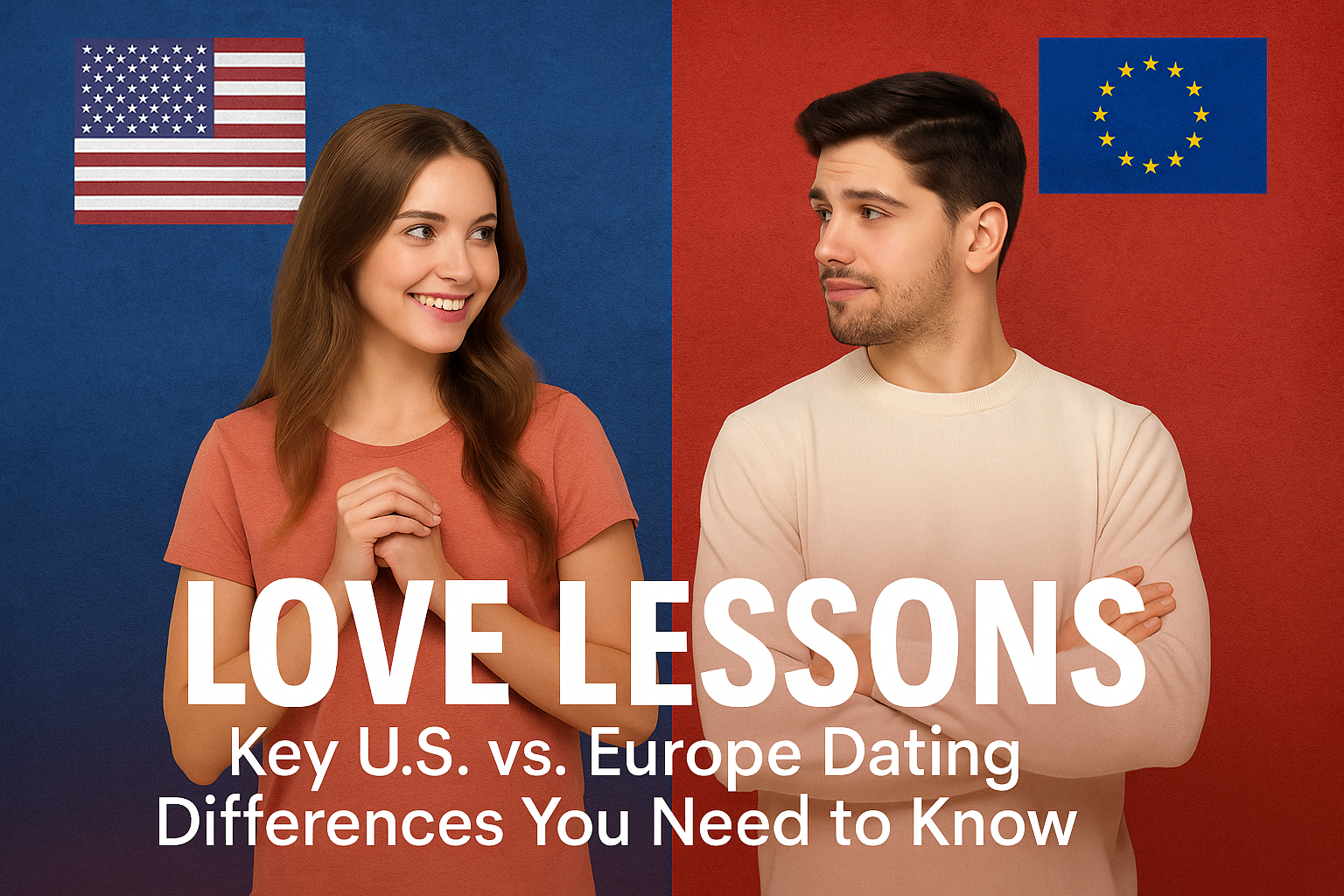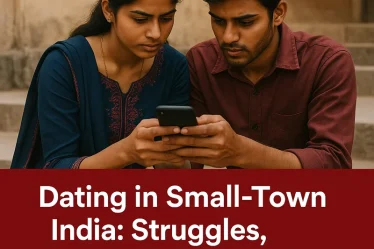
When it comes to finding love, where you live can shape how you date. A first date in New York won’t look—or feel—like one in Paris, Rome, or Berlin. If you’re using Mate4All to connect with people across borders, it helps to understand what dating looks like on the other side of the ocean.
Whether you’re chatting with someone from another culture or planning to date while traveling, here’s your guide to the biggest dating differences between Americans and Europeans.
1. First Impressions: Casual in the U.S., Intentional in Europe
In the U.S., dating is often treated like a numbers game. Many people date multiple people at once in the early stages, keeping things light before getting serious. It’s normal to go on three dates in a week and still not know where things are heading.
In Europe, it’s more common to focus on one person at a time—even early on. Dating is approached with more intention, and there’s often less pressure to “define the relationship” quickly because there’s an unspoken assumption: if you’re seeing each other consistently, you’re likely exclusive.
On Mate4All: If you’re chatting with someone from Europe, don’t be surprised if they ask deeper questions sooner. It’s not intensity—it’s sincerity.
2. Communication Styles: Expressive vs. Subtle
Americans are generally seen as friendly, outgoing, and positive—even in early conversations. Compliments come quickly, and texting might be frequent. In contrast, many Europeans can come off as more reserved or even blunt. This isn’t coldness—it’s often just cultural honesty.
Example: A U.S. dater might say, “You’re amazing!” after one date. A European might just say, “I had a nice time,” and still mean they’re interested.
On Mate4All: Adjust your tone based on who you’re speaking with. If your European match seems less effusive, don’t panic—they may just express affection more slowly.
3. Relationship Labels: America Loves Definitions
In the U.S., the “talking stage” is real. Many couples go through stages: talking, dating, exclusive, and then official. There’s usually a conversation to define the relationship clearly.
In much of Europe, exclusivity is often assumed after a few dates. Asking “Are we official?” can seem awkward or unnecessary.
Pro tip: On Mate4All, it’s always okay to ask, but do it respectfully. Cultural context matters.
4. Gender Roles: Who Pays, Who Leads?
Dating etiquette varies widely across the Atlantic. In the U.S., traditional gender roles often still show up—men may be expected to initiate and pay for dates. While modern shifts are happening, the idea of “chivalry” still lingers.
In many European countries, equality is emphasized. Splitting the bill is normal, and gender roles are more fluid. In places like the Netherlands or Sweden, insisting on paying for everything could come off as patronizing.
On Mate4All: When meeting someone in real life, don’t assume—ask. “Want to split it?” is often appreciated more than you’d think.
5. Dating Apps and Intentions
Americans tend to use dating apps for everything—from casual flings to serious relationships. The culture leans toward volume: more swipes, more matches, more options.
In Europe, dating apps can feel more curated. People may be choosier, and there’s often less ghosting or small talk. Apps like Mate4All allow users to filter for real intent—which is a major plus when dating across cultures.
6. Timeline to Commitment: Fast vs. Focused
Americans may date longer before committing, testing the waters and exploring options. Europeans might move faster into exclusivity and even cohabitation. It doesn’t mean they rush—it means they date with more focused energy.
Data shows: In some European countries, couples move in together after 6–12 months on average, while in the U.S., it can take 1–2 years.
7. Cultural Norms: Affection, Holidays, and Family
From PDA to family dynamics, dating culture is tied to national traditions. In Southern Europe, public affection is more accepted. In Northern Europe, things might be more private. Americans may introduce their date to family early—Europeans might wait until things are serious.
Also, expectations around holidays and time off matter. Europeans tend to prioritize long, meaningful vacations. If you’re dating someone from across the pond, understand their lifestyle rhythm—it might differ from the U.S. hustle.
Final Take: Learn, Adapt, and Enjoy the Differences
Dating internationally can be a challenge—but it’s also a learning experience. Americans can learn intentionality from Europeans. Europeans can appreciate the optimism and openness Americans bring.
With Mate4All, you’re not just meeting people—you’re crossing cultures. Keep an open mind, stay curious, and remember: every difference is a chance to connect in a new way.



